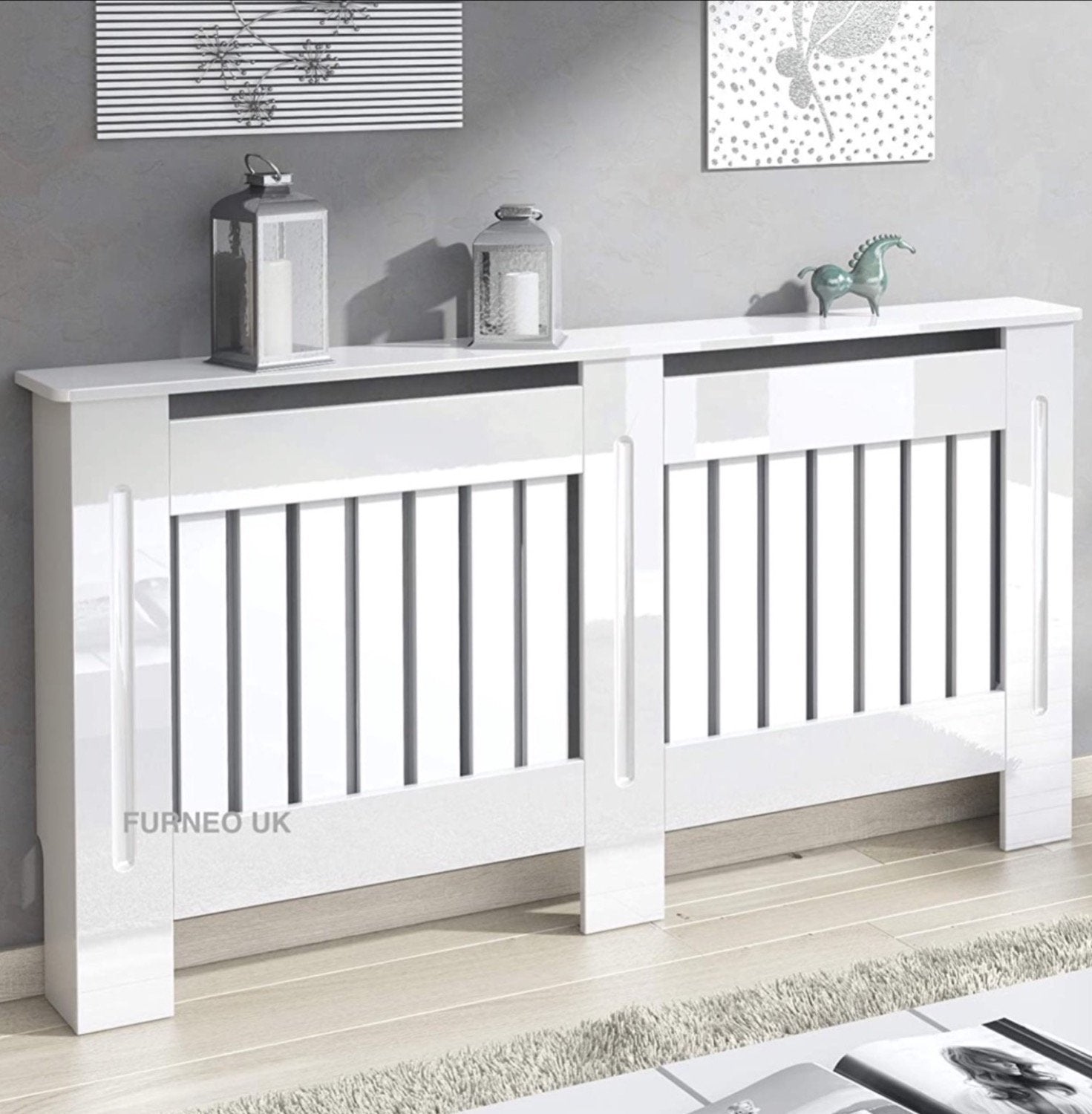Radiator Covers: Comprehending Materials, Styles, and Advantages
Radiator covers offer both aesthetic and useful purposes within a home, offering a variety of products such as wood, metal, and MDF to suit different design choices. Choosing the ideal radiator cover involves recognizing the nuances of materials, layouts, and their associated advantages.
Kinds Of Products


Wood covers, commonly crafted from woods such as oak or maple, provide a classic, warm appearance that complements conventional interiors. Their toughness and ability to be discolored or painted contribute to their versatility. Metal covers, typically made from steel or aluminum, are favored for their effectiveness and modern look, commonly including sleek lines that enhance contemporary areas.
MDF, a made timber product, is prominent for its cost-effectiveness and convenience of modification. It can be painted or finished to match existing style while offering a smooth surface. Plastic covers, while less typical, are immune and lightweight to moisture, making them suitable for humid atmospheres.
Ultimately, the choice of material for a radiator cover should line up with the homeowner's style preferences, functional requirements, and the specific environment where the cover will be installed. Each material offers a distinct character, ensuring that there is an option to match every preference and setup.
Popular Layout Styles
Stressing visual charm, prominent style styles for radiator covers reflect a range of tastes and indoor layout fads. Standard styles commonly feature elaborate woodwork and ornate detailing, making them ideal for vintage-inspired or timeless interiors. These covers generally incorporate sculpted components, offering a cozy and inviting feel to any area.
On the other hand, contemporary styles concentrate on minimal aesthetics, identified by tidy lines and understated style. Materials such as steel or smooth wood with a smooth finish are generally made use of, permitting these covers to mix effortlessly into modern rooms. Industrial styles, on the other hand, welcome basic materials like exposed steel and concrete, adding a vibrant statement to loft space or metropolitan settings.
For those looking for an unique touch, bespoke styles offer modification options that cater to specific preferences, allowing homeowners to choose shades, patterns, and products that complement their decoration. In addition, farmhouse-style covers integrate rustic aspects, including distressed wood and basic kinds that evoke a relaxing, nation beauty.
Benefits of Radiator Covers
Radiator covers not only boost the aesthetic appeal of a space yet also provide a number of sensible advantages that make them a worthwhile addition to any type of home. Among the key advantages is safety, especially in families with youngsters or pets. Covers minimize the threat of burns from warm radiator surface areas, making certain a safer environment.
Additionally, radiator covers can boost energy efficiency. By guiding warm into the area as opposed to permitting it to escape, they aid preserve a constant temperature level, lowering heating costs over time. This is especially advantageous in older homes where radiator systems may be less reliable.
An additional remarkable advantage is sound reduction. Radiators can often create unwanted sounds throughout procedure, and covers can assist stifle these noises, contributing to an extra calm living room. Radiator covers can be useful, supplying additional storage space or display screen area, thereby maximizing the energy of often-overlooked areas.
Last but not least, they can secure radiators from dust and particles, which can impede efficiency and rise maintenance needs. With these incorporated benefits, radiator covers arise as a functional service for boosting both the performance special info and style of any type of home environment.
Installment Considerations
Installing radiator covers needs careful factor to consider to guarantee both functionality and safety and security (Radiator cover). Examine the dimensions of your radiator and the surrounding room to make sure an appropriate fit. Exact dimensions are vital; an ill-fitting cover can block heat circulation or create security threats
Next, examine the product of the cover. While wood uses aesthetic charm, metal choices might offer far better resilience and warmth resistance. Think about the weight of the cover as well; much heavier covers might require extra assistance or supports to avoid sagging or damages in time.
Air flow is an additional crucial element. Covers have to include sufficient air movement to avoid getting too hot and maintain efficient heating. Seek layouts with slats or openings that enable warm to flow without blockage.
In addition, ensure that the cover is securely installed to avoid mishaps, specifically in homes with pets or children. Radiator cover. It's recommended to follow the producer's setup guidelines very closely and, if essential, get in touch with a specialist for intricate installments
Upkeep and Treatment Tips
Proper upkeep of radiator covers is crucial for ensuring their longevity and optimum efficiency. For painted or wood covers, think about an appropriate gloss or safety covering to maintain their appearance.
Inspect the covers regularly for signs of wear or damage, such as splits or peeling paint. Dealing with these concerns immediately can prevent more wear and tear. Ensure that the covers are safely fastened and examine for any loosened screws or fittings, as resonances from the radiator can loosen them over time.
In chillier months, avoid putting heavy items or attractive products in addition to the radiator covers, as this can hinder warmth distribution and trigger unneeded tension to have a peek at these guys the framework. Consider seasonal maintenance by eliminating the covers for thorough cleaning and assessment throughout warmer months when the heating system is inactive. Embracing these straightforward treatment suggestions will boost the efficiency and aesthetic appeal of your radiator covers, ensuring they offer their objective effectively for many years ahead.

Conclusion
In recap, radiator covers serve as functional and visual enhancements to household areas. The diverse variety of materials, consisting of hardwoods, plastic, mdf, and steel, allows for placement with various layout styles such as conventional, modern, industrial, and farmhouse. The advantages of these covers extend past safety and power efficiency to include added storage and dirt defense. Cautious factor to consider of installation and maintenance more ensures the durability and performance of radiator covers in any home atmosphere.
Radiator covers offer both find functional and aesthetic purposes within a home, using a range of materials such as wood, metal, and MDF to suit various style choices. Choosing the best radiator cover entails understanding the nuances of products, designs, and their linked advantages.Emphasizing aesthetic appeal, popular design styles for radiator covers show a variety of tastes and interior design trends.Radiator covers not only enhance the aesthetic appeal of an area yet additionally offer numerous sensible advantages that make them a rewarding enhancement to any kind of home. Take into consideration the weight of the cover as well; larger covers might call for added assistance or supports to stay clear of drooping or damage over time.
Comments on “How a Radiator Cover Can Boost Your Area's Aesthetic Charm”